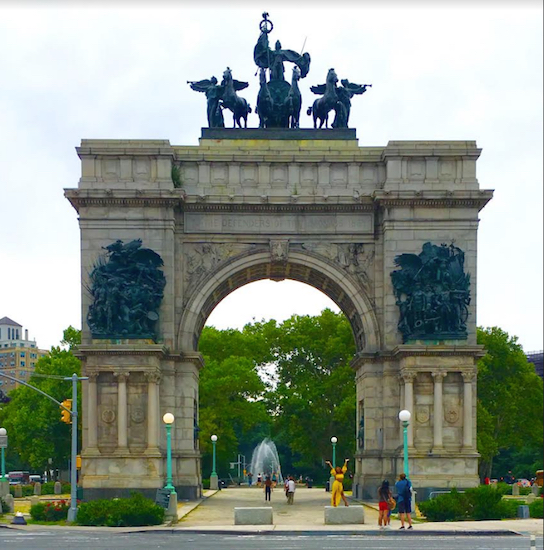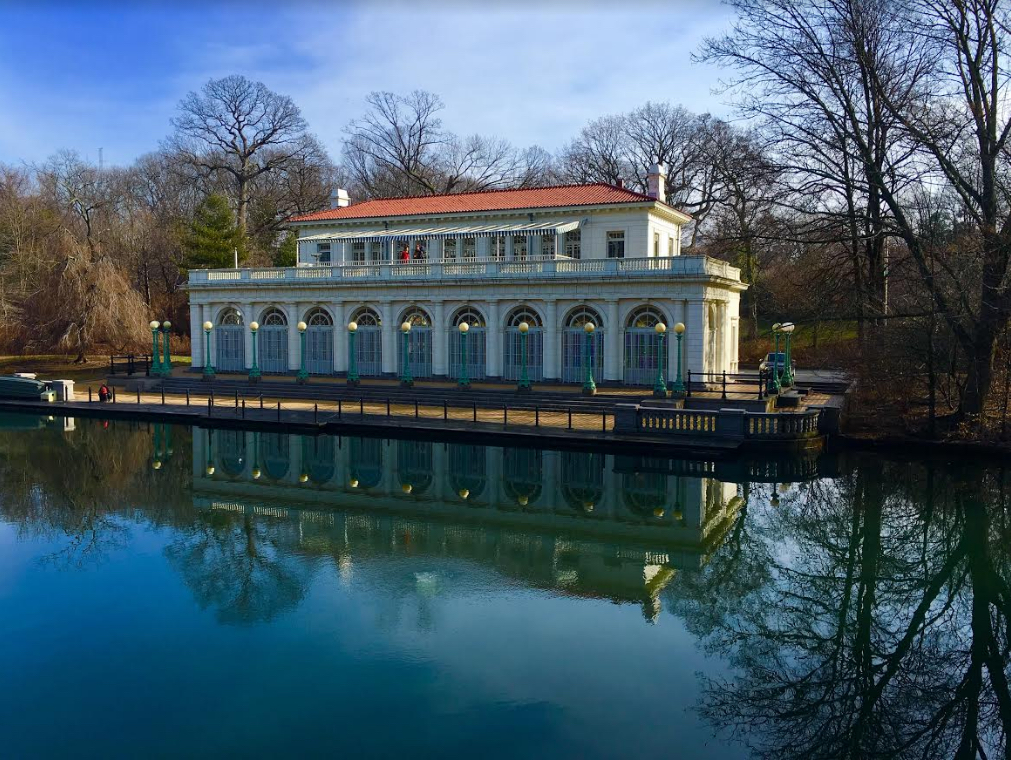Ten things you should know about Prospect Park

Welcome to Prospect Park, which draws 8 to 10 million visitors per year. This is the park's Grand Army Plaza entrance. Eagle photo by Lore Croghan
Welcome to Brooklyn’s Backyard.
That’s a popular nickname for Prospect Park, which draws a staggering 8 to 10 million visitors per year.
Frederick Law Olmsted and Calvert Vaux designed the 585-acre greenspace. This famous team of landscape architects also designed Central Park.
A historic footnote: Vaux coined the term “landscape architecture.”
